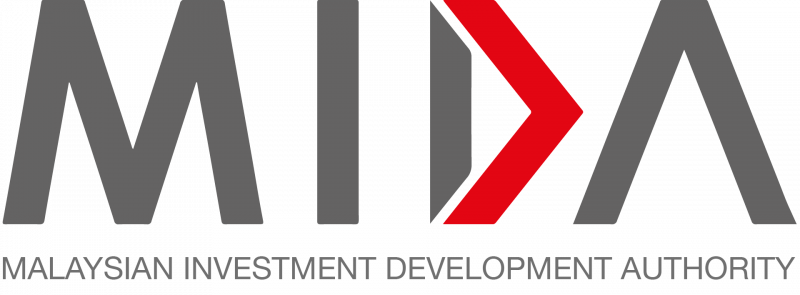Malaysia have potentials to become manufacturing hub for hydrogen fuel cell — MAHE
04 Aug 2022
Malaysia has the potential to become the manufacturing hub for hydrogen fuel cells for the application in hydrogen mobility and uninterruptible power supply (UPS) systems, the Malaysian Association of Hydrogen Energy (MAHE) said.
Founding president Prof Datuk Dr Wan Ramli Wan Daud said there are opportunities for local and international companies to venture into the manufacturing of hydrogen fuel cells in Malaysia within the next few years,
He said there are two main projects involving hydrogen mobility and UPS systems that have been proposed to be conducted in Malaysia up to the year 2025.
“The first project is the demonstration of market entry hydrogen and fuel cell application for hydrogen mobility projects in urban areas involving green hydrogen refuelling from solar/hydro/biomass and fuel cell for cars and buses.
“Other projects include the application of hydrogen fuel cells in UPS for telecommunication towers and data centres power,” he said at the virtual Hydrogen ASEAN 2022 Summit today.
He was one of the panellists at the summit.
Wan Ramli said there are also opportunities for industry players to venture into the production of permanent magnet electric motors for hydrogen mobility usage as well as water splitting electrolysers for green hydrogen production.
“For the application of hydrogen mobility, we also need to manufacture permanent magnet electric motors and Malaysia has a rare earth industry that could be used to produce rare elements necessary for the production of the motor,” he said.
He said major challenges faced by the industry currently are supply chain constraints of the fuel cells, permanent magnet, electrolyser materials and components as well as human resources and skilled workers.
Meanwhile, Wan Ramli said according to Hydrogen Council Vision 2050, the global hydrogen economy is estimated to generate around US$2.5 trillion (US$1=RM4.46) by the year 2050 along with the creation of 30 million jobs.
He said looking at the size of the global hydrogen application, around 10 exajoules (EJ) of hydrogen produced were consumed within the chemical feedstock segment in 2020.
“Moving towards 2050, apart from chemical feedstock, we will see a large increase in hydrogen application in other market segments, especially in mobility and transportation with an estimation of 22 EJ, industry energy and building heating (27 EJ) as well as power generation (9 EJ),” he added.
Source: Bernama


